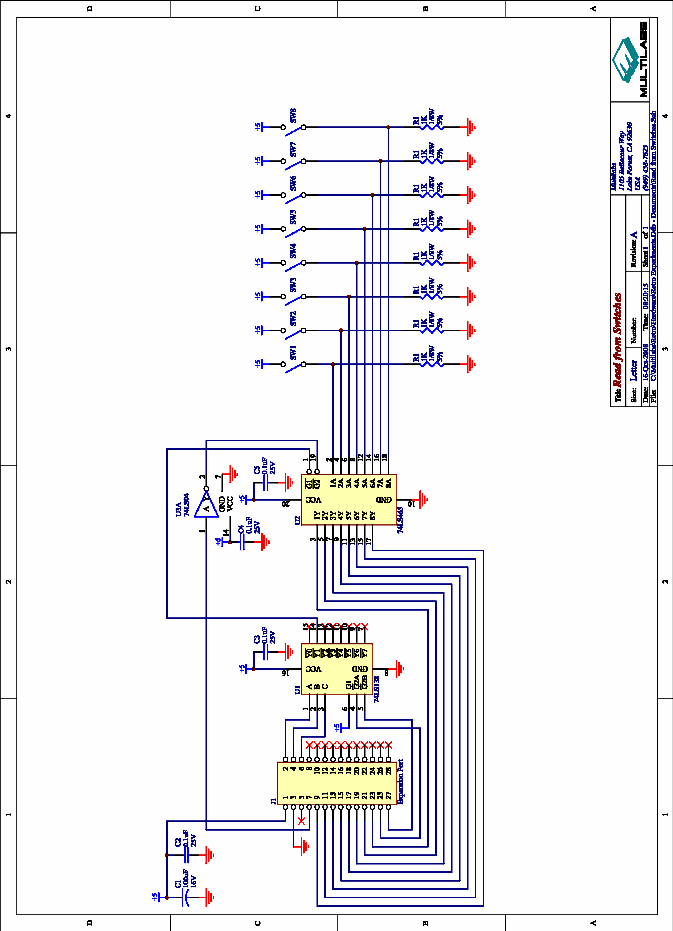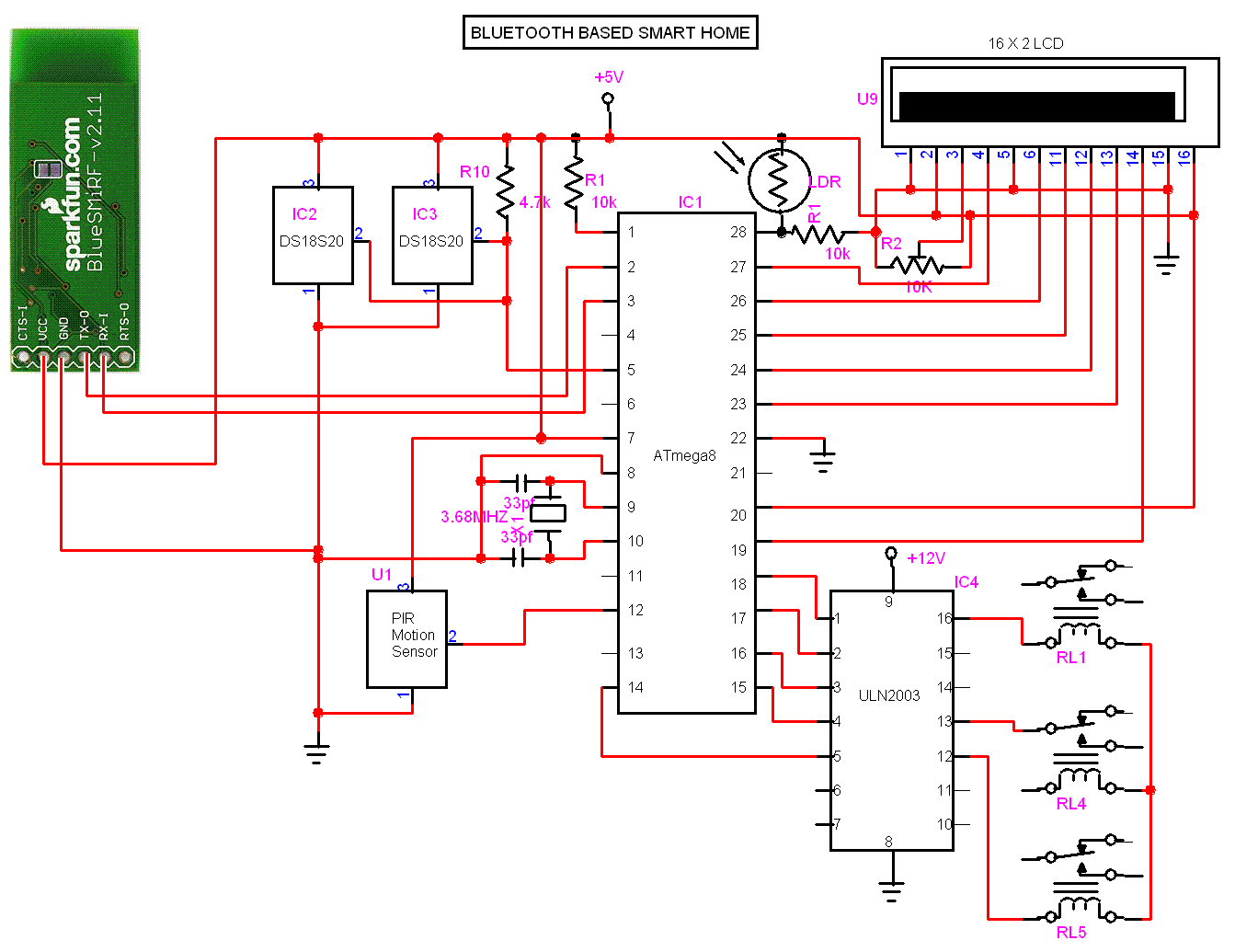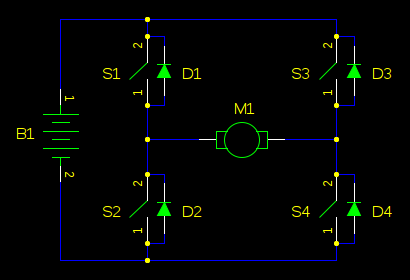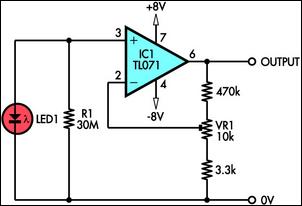
cmos toggle flip flop using laser pointer

The IR photo transistor Q1 (Radio Shack 276-145A) or a similar component is connected to the set input (pin 6). It is essential to shield the photo transistor from direct light to ensure that the voltage at the set input (pin 6) remains below 1 volt under ambient conditions. When illuminated by a laser pointer or other light source, the voltage should increase to more than 10 volts.
The circuit utilizes an infrared (IR) photo transistor, specifically the Radio Shack 276-145A, which is designed to detect IR light. This component is crucial for applications where light detection is necessary, such as in remote control systems or light-activated switches. The photo transistor operates by converting light into an electrical current, which can then be measured or used to control other elements in the circuit.
To ensure optimal performance, the photo transistor must be adequately shielded from ambient light sources. This shielding is essential because any stray light could cause false readings, resulting in the voltage at pin 6 remaining above the desired threshold of 1 volt. Proper shielding can be achieved using opaque materials or by positioning the photo transistor in a way that minimizes exposure to direct light.
When the photo transistor is exposed to a focused light source, such as a laser pointer, it generates a significant increase in current. This increase translates into a voltage rise at the set input (pin 6), exceeding 10 volts. This voltage change can then be used to trigger other components in the circuit, such as relays or microcontrollers, allowing for various applications, including triggering alarms, activating lights, or controlling motors.
In summary, the configuration of the IR photo transistor in this circuit is critical for reliable operation. The need for shielding from ambient light and the response to specific light sources must be carefully considered to achieve the desired functionality. Proper implementation will ensure that the system operates effectively in its intended application.The IR photo transistor Q1 (Radio Shack 276-145A) or similar is connected to the set input (pin 6). The photo transistor should be shielded from direct light so that the voltage at the set input (pin 6) is less than 1 volt under ambient conditions and moves to more than 10 volts when illuminated by the laser pointer or other light source.. 🔗 External reference
The circuit utilizes an infrared (IR) photo transistor, specifically the Radio Shack 276-145A, which is designed to detect IR light. This component is crucial for applications where light detection is necessary, such as in remote control systems or light-activated switches. The photo transistor operates by converting light into an electrical current, which can then be measured or used to control other elements in the circuit.
To ensure optimal performance, the photo transistor must be adequately shielded from ambient light sources. This shielding is essential because any stray light could cause false readings, resulting in the voltage at pin 6 remaining above the desired threshold of 1 volt. Proper shielding can be achieved using opaque materials or by positioning the photo transistor in a way that minimizes exposure to direct light.
When the photo transistor is exposed to a focused light source, such as a laser pointer, it generates a significant increase in current. This increase translates into a voltage rise at the set input (pin 6), exceeding 10 volts. This voltage change can then be used to trigger other components in the circuit, such as relays or microcontrollers, allowing for various applications, including triggering alarms, activating lights, or controlling motors.
In summary, the configuration of the IR photo transistor in this circuit is critical for reliable operation. The need for shielding from ambient light and the response to specific light sources must be carefully considered to achieve the desired functionality. Proper implementation will ensure that the system operates effectively in its intended application.The IR photo transistor Q1 (Radio Shack 276-145A) or similar is connected to the set input (pin 6). The photo transistor should be shielded from direct light so that the voltage at the set input (pin 6) is less than 1 volt under ambient conditions and moves to more than 10 volts when illuminated by the laser pointer or other light source.. 🔗 External reference





